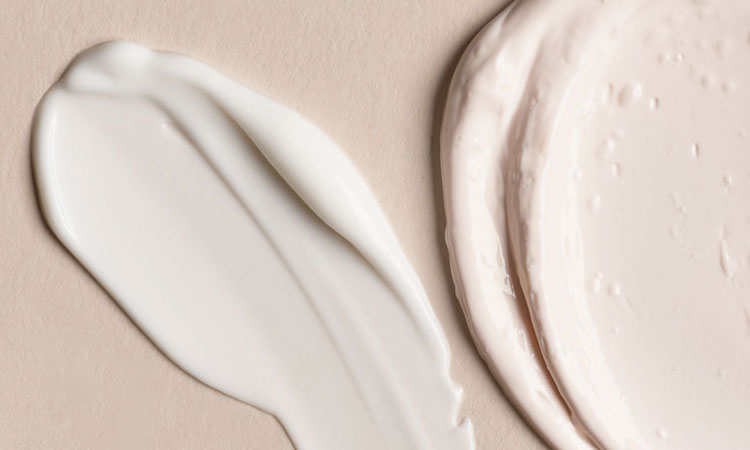
Hydrators vs Moisturizers
Hydrators and moisturizers are both products designed to address skin hydration, but they work in slightly different ways. Here’s a breakdown of their differences:
Hydrators
- Function: Hydrators focus on increasing the water content in the skin.
- Ingredients: They often contain humectants, which are substances that attract and retain water. Common humectants include hyaluronic acid, glycerin, and aloe vera.
- How They Work: Hydrators draw moisture from the environment or deeper layers of the skin to the surface, helping to hydrate the skin from within.
- Texture: They are usually lightweight and water-based.
Moisturizers
-
- Function: Moisturizers are formulated to lock in and seal the moisture present in the skin, preventing water loss.
- Ingredients: They typically contain emollients (like oils and lipids) and occlusive agents (like beeswax or shea butter) that create a barrier on the skin, reducing water evaporation.
- How They Work: Moisturizers create a protective layer on the skin’s surface, trapping water and preventing it from escaping into the environment.
- Texture: They can be thicker and may contain a mix of water and oil-based ingredients.
In summary, hydrators add water to the skin, while moisturizers help to retain and seal in that moisture. Many skincare routines involve using both hydrating and moisturizing products to achieve optimal skin hydration. The choice between the two or using both depends on individual skin needs and preferences. Some products on the market may combine hydrating and moisturizing properties to offer a comprehensive solution for skin hydration.

